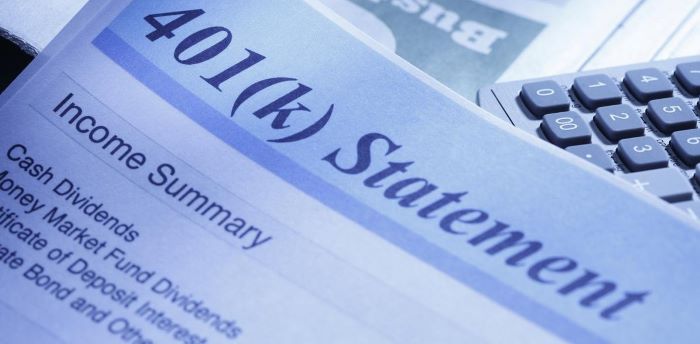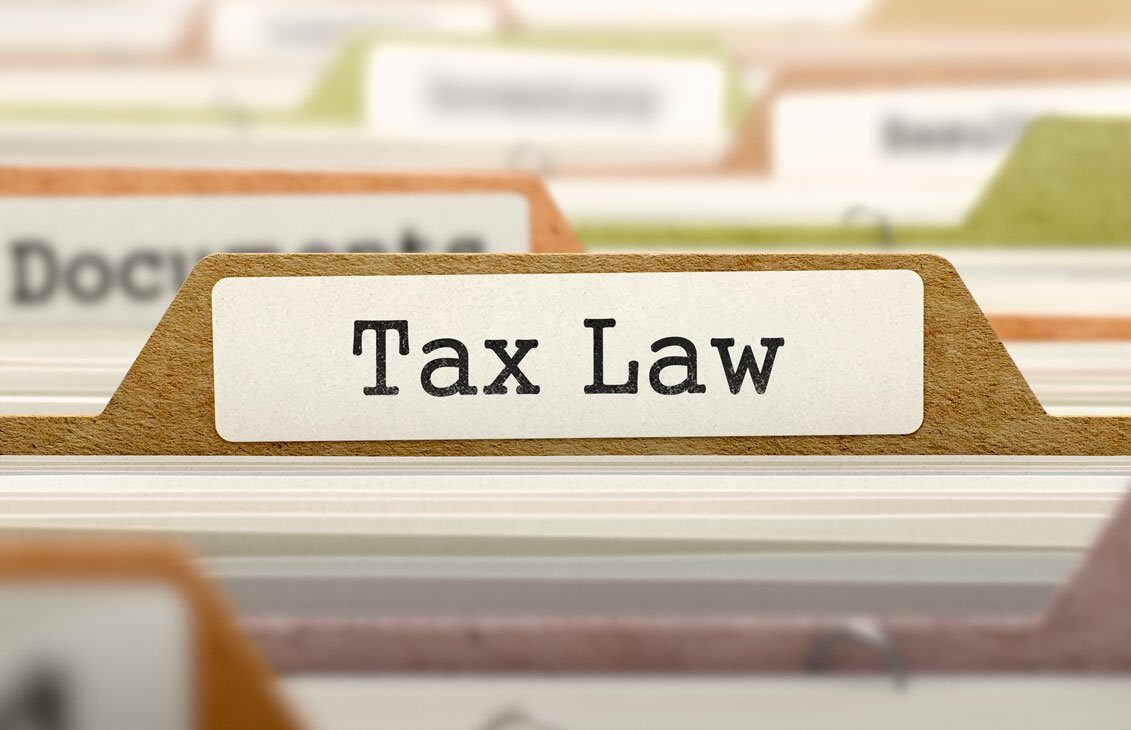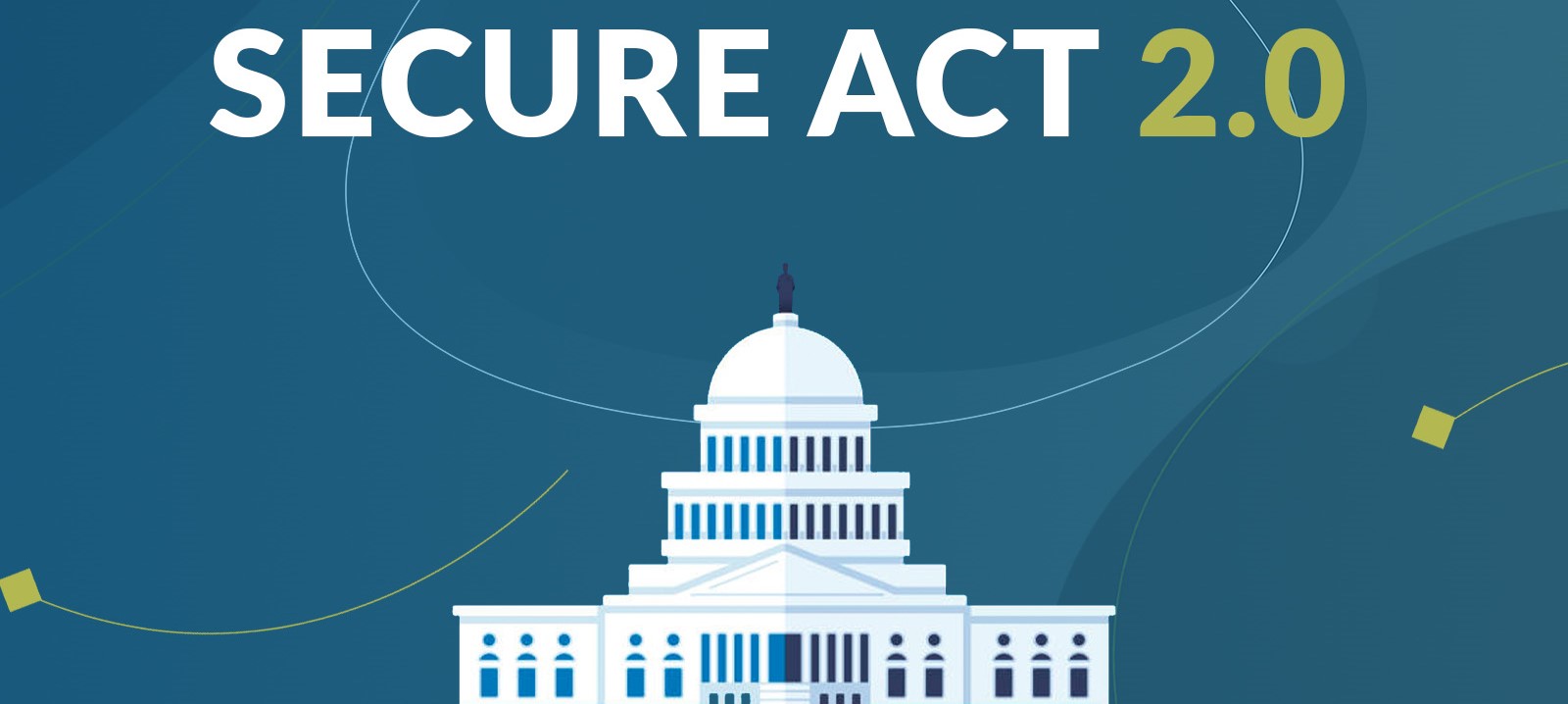With many 401(k) (and 403(b) and 457(b) plans offering multiple participant accounts, deciphering plan statements is probably more complicated than ever.
Here’s a brief primer to help you understand what each account represents:
Pre-tax deferral account. All retirement savings plans allow for pre-tax deferrals. You make these contributions from before-tax pay. Both the contributions and earnings are taxable when paid out.
Roth contribution account. Roth contributions are optional but are becoming more and more popular. Contributions are made on an after-tax basis. When funds from this account are distributed, they will either be “qualified” or “non-qualified.” If qualified (meaning you have turned age 59 ½, become disabled or died, and the account has been held for at least five years), contributions and earnings are non-taxable. If non-qualified, the distribution is partially taxable based on the pro-rata rule. The taxable portion is calculated by dividing the number of earnings by your total Roth account balance and then multiplying that ratio by the amount of your distribution.
After-tax contribution account. Traditional after-tax (non-Roth) employee contributions are allowed in 401(k) and 403(b) plans, but not in 457(b) governmental plans. Contributions come from already-taxed pay. Earnings on after-tax contributions will be taxable. A partial distribution from that account will be partly taxable based on the pro-rata rule as applied just to that account.
Pre-87 after-tax account. If you made after-tax contributions before 1987, you could withdraw those contributions separately from their earnings. The pro-rata rule doesn’t apply.
Rollover account. Your plan may accept rollovers into the plan of deductible IRA funds or pre-tax funds from other plans you participated in. These rollover funds and associated earnings are taxable when distributed to you.
Employer matching/profit sharing contribution account. Employer matching or profit-sharing contributions are common in 401(k) plans, less common in 403(b) plans, and rare in 457(b) governmental plans. These contributions are pre-tax funds.
Matching contributions are typically made on both your pre-tax deferrals and Roth plan contributions. (Even if made on Roth contributions, matching contributions are still allocated to this pre-tax account.) Profit-sharing contributions are usually expressed as a flat percentage of your compensation (for example, 3% of annual pay) – whether you make contributions or not. Your plan can impose service requirements before you are vested in (i.e., your own) employer contributions made on your behalf. However, if your company makes “safe harbor” contributions to avoid IRS nondiscrimination testing, those contributions must be 100% vested right away. If you have more questions about deciphering plan statements, you can schedule a 15-minute phone call with Steven Toto, CFP®, HERE.
By Ian Berger, JD
IRA Analyst











